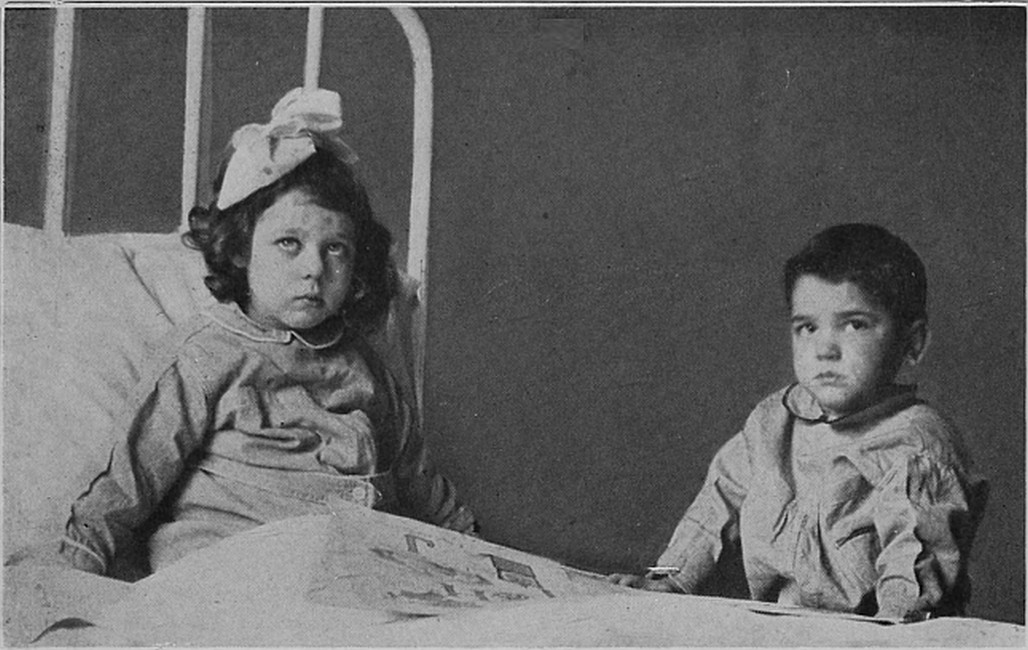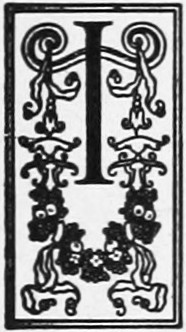
Saved by Antitoxin
Which Shall Live—
Men or Animals?
Reprinted from Hygeia, October, 1923
Copyright, 1923
American Medical Association,
535 N. Dearborn St., Chicago

If the United States were threatenedwith invasion by a foreign power,even if we knew that the invasionwould be only temporary and thatonly a few thousand of our citizenswould be killed, the whole countrywould be aroused in an effort to prevent thatinvasion. If necessary, millions of men wouldbe drafted and trained to meet the invadersand billions of dollars would be expended toprotect those few thousand people from thedeath that must otherwise overtake them. Insuch a case, every real man and every realwoman in the country would be doing somethingto insure the defeat of that invadingarmy. Yet such an army is like a box of tinsoldiers compared with armies that threatenus all the time, but which cause scarcely anextra beat of the nation’s pulse. I refer to thearmies of disease. The army of bubonicplague alone, if permitted to effect a footholdon our shores, might at any time ravage ourcities as it once ravaged the cities of Europeand Asia, leaving scarcely enough living tobury the dead. We read in DeFoe’s “Historyof the Plague” in London in 1665 of “peoplein the rage of their distemper or in the torment[2]of their swellings, which were indeedintolerable, running out of their own government,raving and distracted, and often timeslaying violent hands upon themselves, throwingthemselves out of windows, shooting themselves,mothers murdering their own childrenin their lunacy.” Indeed, we do not have togo back so far to realize what the plague cando. In 1905 in India alone there were1,040,429 deaths from this one disease.
The Conquest of Bubonic Plague
In this country no layman loses any sleepon account of bubonic plague. Is that becauseit does not exist? Not at all. It comes to ourwaters, even effects a landing sometimes. Butwe have a small garrison of vigilant medicalmen on our coasts watching day and nightfor that enemy, ready to give him instantcombat if he comes. We sleep in peacebecause we trust that garrison. Thirty yearsago we did not know what caused this terribleplague, but in 1894 the germ (Bacillus pestisbubonicae) was discovered. Even then it wasnot known how the disease was carried orwhat caused it to spread so rapidly—andbefore it could be combated successfully, thatmust be known. A series of experiments onliving animals, chiefly rats, guinea-pigs andmonkeys, yielded the desired information andthrough these experiments we have beendelivered from this terrible scourge. It wasknown that rats were subject to plague; consequently[3]attempts were made to find out howit was transmitted from one rat to another.The idea that it might be carried by parasitesoccurred